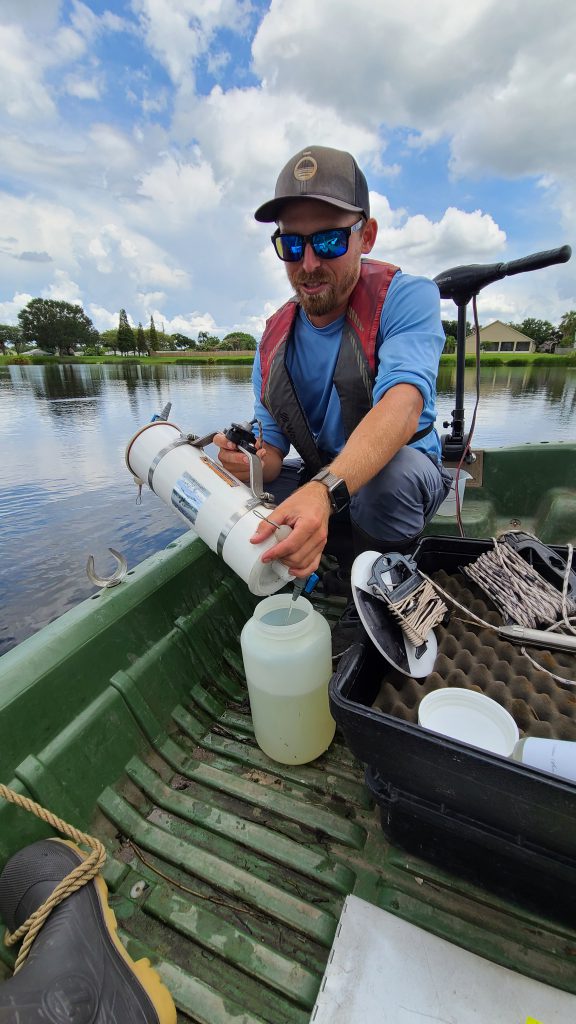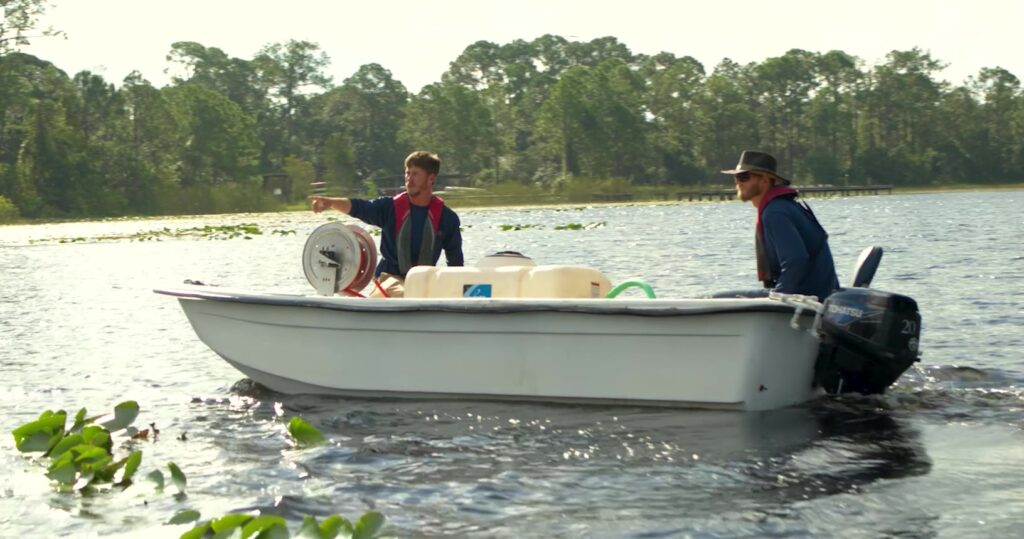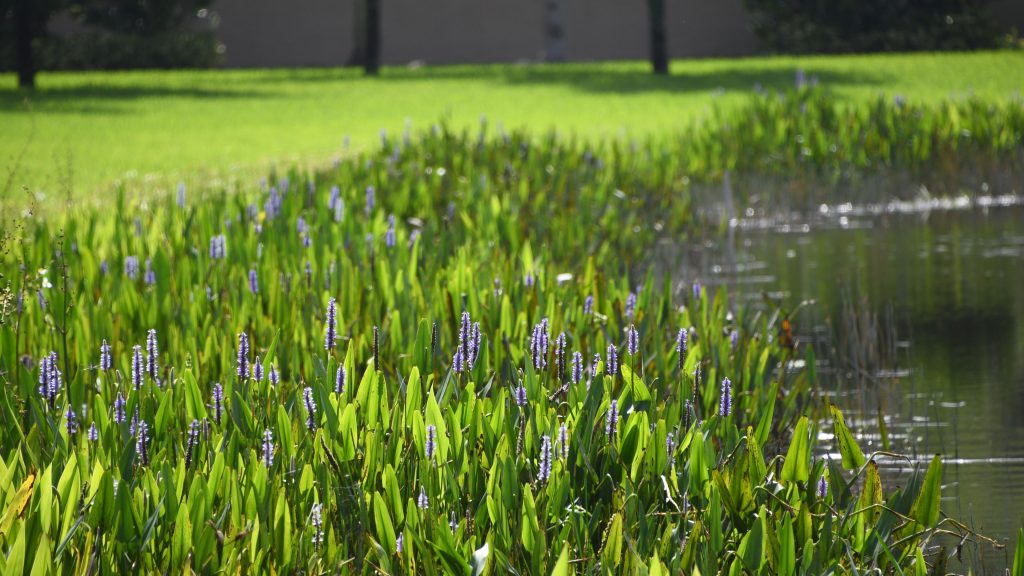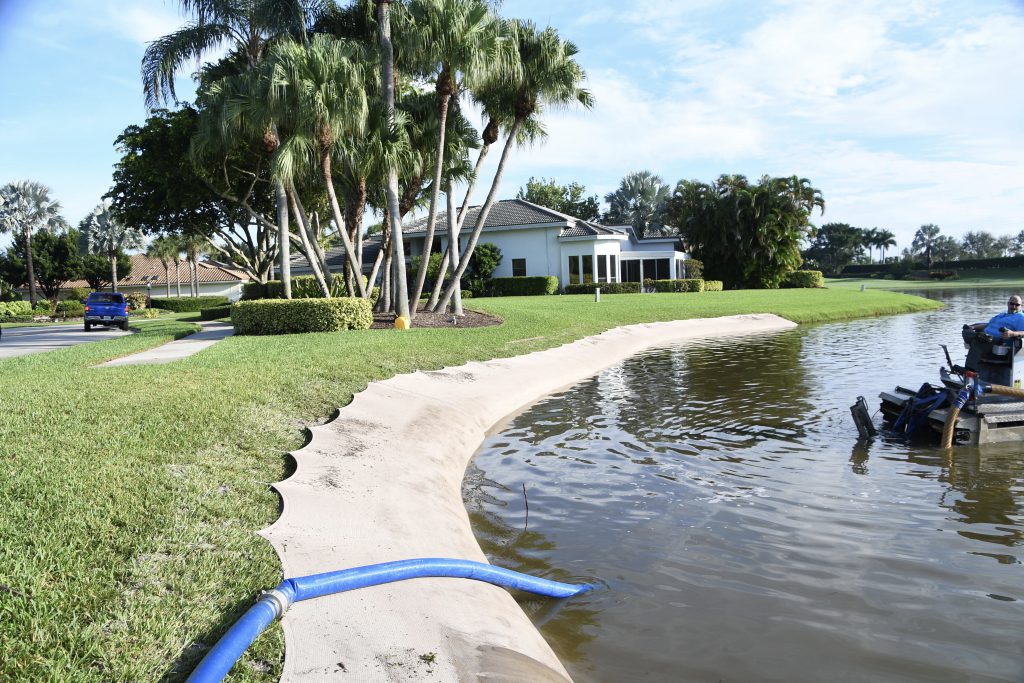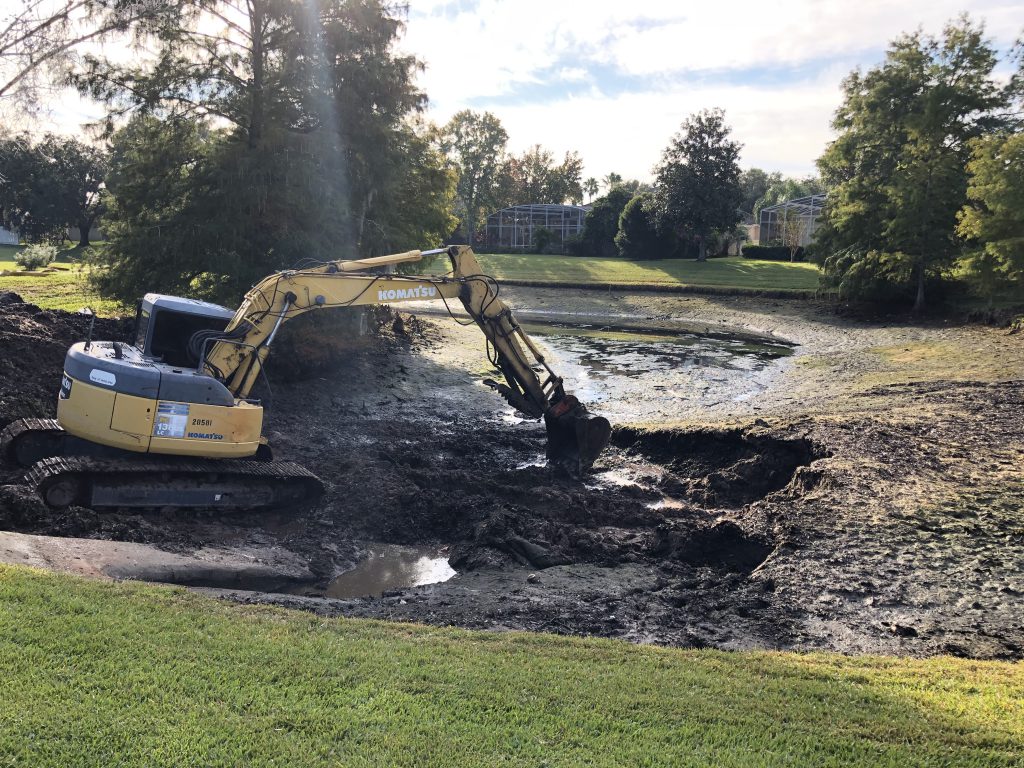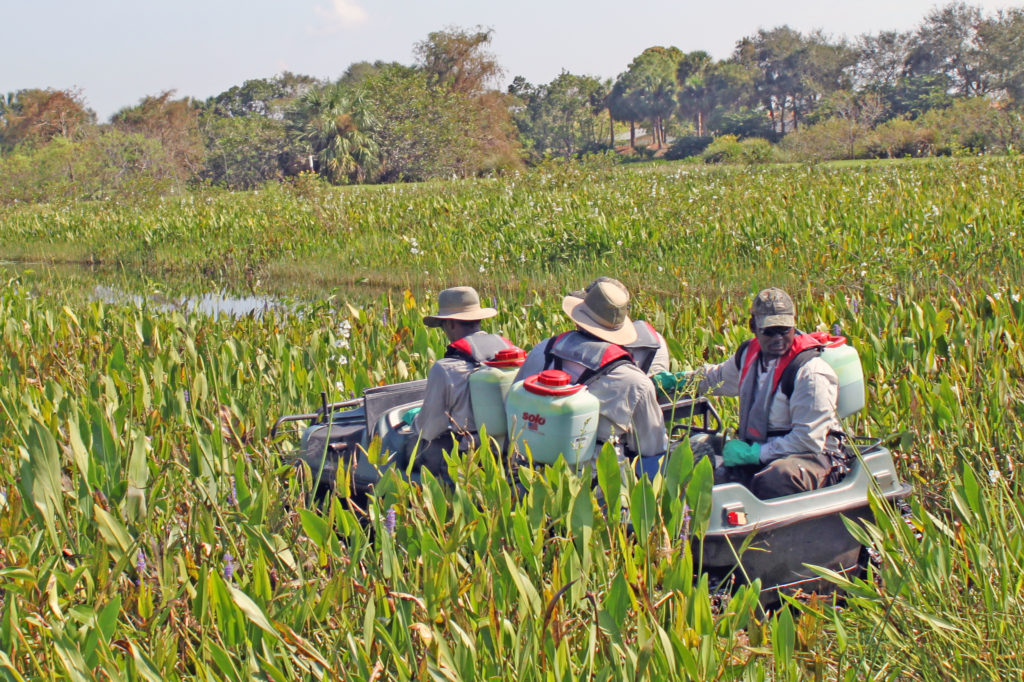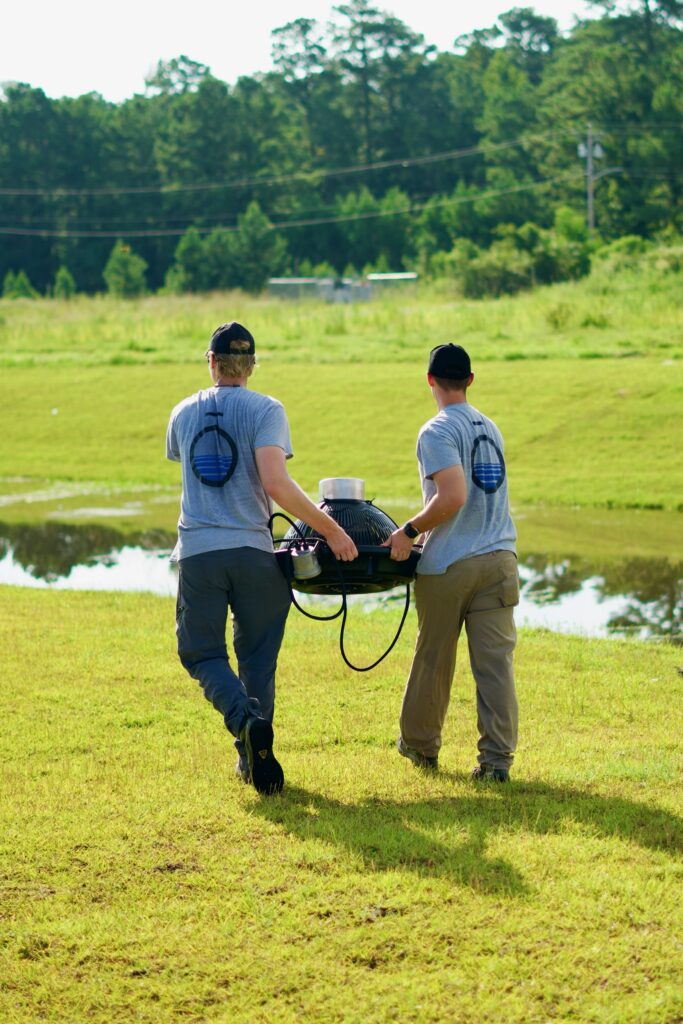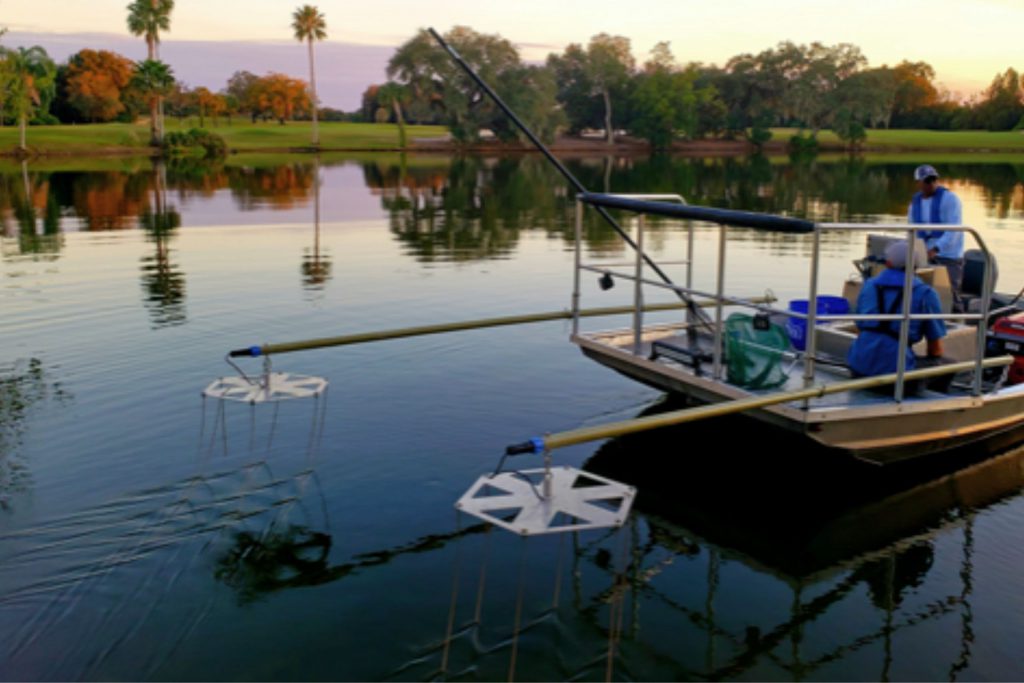
Lake Management Best Practices for Florida's Cool Months
Florida’s unique topography features many types of waterbodies, from lakes and ponds to wetlands and estuaries. Water is essential to the state’s diverse and endangered wildlife and plays a pivotal role in tourism and the economy. Healthy, functional waterbodies are also crucial to community well-being by providing drinking water and collecting runoff during storms and hurricanes.
Though water quality issues like lake weeds and pond algae are most pronounced in spring and summer, consistent year-round management is essential to safeguard these valuable ecosystems. The drier, cooler months present a crucial opportunity for implementing strategies that enhance water quality during the warmer seasons, benefiting both the environment and the communities that depend on it. In fact, this year-round approach is vital to ensure the preservation of Florida’s unique and indispensable water resources.
Water Quality Monitoring and Testing
Water quality monitoring is one of the most important parts of a lake management program as it allows Aquatic Experts to gain key insights about the health of a waterbody on a minute level. Evaluating the levels and composition of different parameters like dissolved oxygen, nutrient concentrations, and pH allows professionals to identify potential water quality imbalances and implement corrective strategies. When data is collected on a consistent basis over time – including throughout the cooler months – experts can more effectively detect trends and promote optimal water quality conditions, even when hurricanes or other environmental stressors occur.
Manage Nutrient Pollution with Nutrient Remediation
Nutrient management is essential for helping prevent water quality-related issues such as nuisance algal blooms or toxic cyanobacteria. If nutrients have surpassed ideal thresholds, nutrient remediation solutions can be implemented during the cooler months to help “deactivate” or physically eliminate excess nutrients from the water column. Several products are available and a professional can recommend the most appropriate and cost-effective solution depending on the size and conditions of the waterbody. These strategies may help curb nuisance growth in the coming year, but applications must be conducted precisely to achieve optimal results
Buffer Maintenance
In addition to implementing nutrient remediation solutions, the cooler months are an important time to identify potential nutrient inputs. Often, nutrients and other pollutants enter the water during rainstorms. As rainwater flows across impervious surfaces, it picks up animal waste, lawn debris, trash, and other organic materials. A well-maintained vegetative buffer around the perimeter can help filter organic materials as water flows over the shoreline. In fact, some jurisdictions in Florida require beneficial native vegetation to be maintained around stormwater ponds. During the cooler months, Aquatic Experts can trim buffer plants and remove invasive weeds, bushes, and other undesirable overgrowth.
Shoreline Stabilization and Erosion Repair
Shoreline erosion is another source of excess nutrients. Shoreline deterioration occurs naturally over time due to wave action, weather, and the presence of wildlife; however, recreation, urban development, and other human activities can expedite this process. The cooler months are an excellent window to rebuild damaged shorelines with bioengineering materials and techniques. Once restored, the shoreline can be planted with native vegetation to provide additional stability, protection, and aesthetic appeal.
Sediment Removal
Shoreline erosion often goes hand-in-hand with flooding. As sediment erodes and accumulates at the bottom of the waterbody, depth and volume are lost over time. This is particularly dangerous for stormwater ponds, which are specifically designed to capture and safely filter stormwater. Depending on the severity of sediment accumulation, mechanical hydro-raking can be used for the removal of detritus in high-risk areas. For large-scale resets, dredging will be required. Dredging is one of the costliest expenses a lake or pond owner will ever face, underscoring the importance of proactive shoreline management.
Vegetation Management
Aquatic plants play an important role in maintaining the balance of lakes and ponds. However, excessive growth of nuisance and invasive plants can negatively impact water quality and disrupt the ecosystem, particularly endangered wetlands. Best management practices should include targeted removal of invasive aquatic plants either through physical removal or, if necessary, EPA-registered aquatic herbicides. Mechanical removal methods, such as mechanical harvesting and hydro-raking, are often more effective during the cooler months as water levels are lower in stormwater ponds and recreational activities are less likely to be impacted.
Pond Fountain and Aerator Maintenance
Fountains and aerators are typically removed from the water during the winter months in the north, but southern states like Florida rely on fountains and aerators year-round. However, this equipment requires recurring maintenance to ensure it operates properly. Professionals recommend pulling fountains from the water every two to three years to replace motor oil and conduct an internal inspection to identify potential leaks or damage.
Fisheries Management
Fish populations are a vital component of many Florida lakes. During the cooler months, professionals may conduct electrofishing surveys to fish population dynamics and the overall health of the aquatic ecosystem. Based on the results, they can make informed decisions about stocking, supplemental feeding, and habitat enhancement. Likewise, fish species like armored catfish and blue tilapia, which are invasive to Florida, may also be identified and removed during the cooler months.
Set Your Florida Waterbody Up for Success
The cooler months in Florida provide an invaluable opportunity to implement best practices that set lakes and ponds up for success in the coming year. These efforts not only preserve the sensitive aquatic habitats that Florida is renowned for, but also ensure the state’s water resources can be enjoyed through boating, swimming, and fishing for generations to come.
Keep Your Florida Water Beautiful with SOLitude
Contact Us to Start Dry-Season Maintenance
Call us at 888-480-5253 or complete the form below to get connected with an aquatic management expert.
SOLitude Lake Management is a nationwide environmental firm committed to providing sustainable solutions that improve water quality, enhance beauty and preserve natural resources.
SOLitude’s team of aquatic scientists specializes in the development and execution of customized lake, stormwater pond, wetland and fisheries management programs. Services include water quality testing and restoration, algae and aquatic weed control, installation and maintenance of fountains and aeration systems, shoreline erosion control, muck and sediment removal and invasive species management. SOLitude partners with homeowners associations, golf courses, private landowners, businesses and municipalities. SOLitude Lake Management is part of Rentokil, a leading business services company, operating across the United States, Canada and Puerto Rico.
For more information, visit SOLitude Lake Management at solitudelakemanagement.com, and connect on Facebook, LinkedIn and Twitter.








